Brought home VFT 4 days ago and it's turning black, why?
sylence
16 years ago
Related Stories

GARAGESRoom of the Day: Detached Garage Turned Teen Cave
New room serves up Ping-Pong, disc golf and board games, and hosts movie nights and sleepovers
Full Story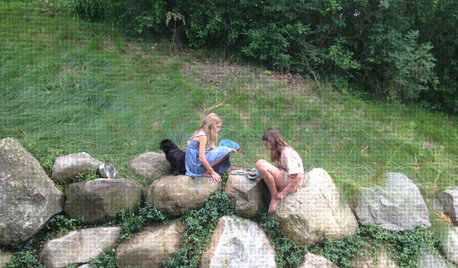
LIFETurn Off the Video Games and Turn On Your Kid's Creativity
Going nuts planning summer activities? Kids overdosing on screen time? It may be time to foster more self-directed play
Full Story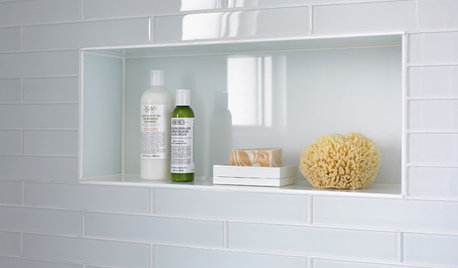
SHOWERSTurn Your Shower Niche Into a Design Star
Clear glass surrounds have raised the design bar for details such as shampoo and soap shelves. Here are 4 standouts
Full Story
LIFESlow Living 101: Tips for Turning Off the Chaos
It may feel as though you're too busy to slow down and enjoy life. But even little changes can have a big effect
Full Story
DECORATING GUIDESRoom of the Day: Black, White and Red All Over
Custom fabric, heirlooms, bold color and a beloved collection of books cozy up this farmhouse library
Full Story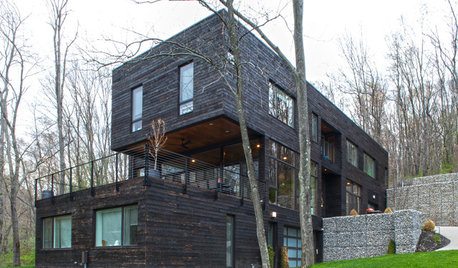
HOUZZ TOURSMy Houzz: Modernism Takes a Natural Turn in Pennsylvania
Generous wood throughout and woodsy sights outdoors soften and warm this home’s modern lines
Full Story
HOME TECHTurn 'Obsolete' Tech Into Fun Home Help
Here's how to put your old Mac, Atari or Newton to work around the house
Full Story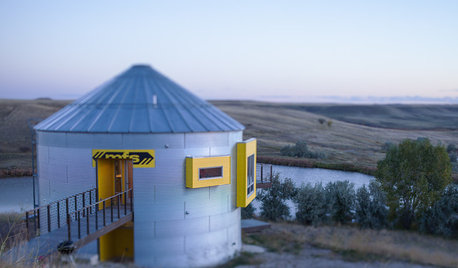
HOUZZ TOURSHouzz Tour: Prairie Grain Bin Turned Bucolic Retirement Home
An agrarian structure and a big dream combine in this one-of-a-kind home that celebrates 250 acres of Montana grasslands
Full Story
GREAT HOME PROJECTSTurn That Spare Room Into a Walk-in Closet
New project for a new year: Get the closet you’ve always wanted, starting with all the info here
Full Story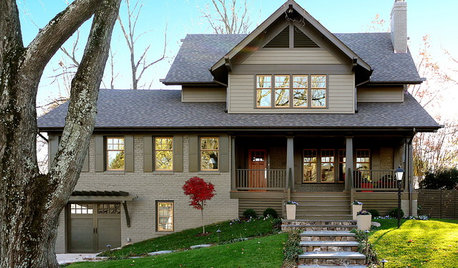
REMODELING GUIDESHouzz Tour: Turning a ’50s Ranch Into a Craftsman Bungalow
With a new second story and remodeled rooms, this Maryland home has plenty of space for family and friends
Full Story





all_things_green
tommyr_gw Zone 6
Related Professionals
Clark Landscape Architects & Landscape Designers · Forest Park Landscape Architects & Landscape Designers · Norton Shores Landscape Architects & Landscape Designers · Addison Landscape Contractors · Fort Myers Landscape Contractors · Kailua Landscape Contractors · Longview Landscape Contractors · Melrose Landscape Contractors · Middletown Landscape Contractors · National City Landscape Contractors · North Richland Hills Landscape Contractors · Petaluma Landscape Contractors · Point Pleasant Landscape Contractors · Forest Hill Landscape Contractors · Camp Springs Landscape ContractorssylenceOriginal Author
all_things_green
all_things_green
paul_
plantgrrl
petiolaris
nycti
jmach
nycti
jmach
nycti
jmach